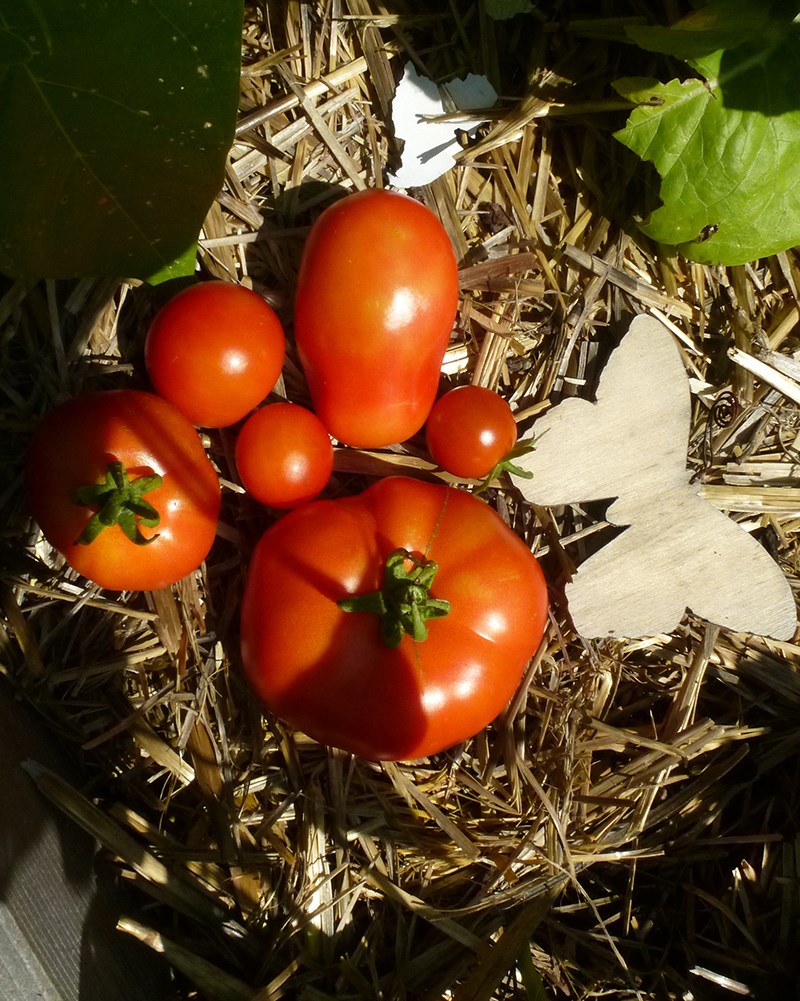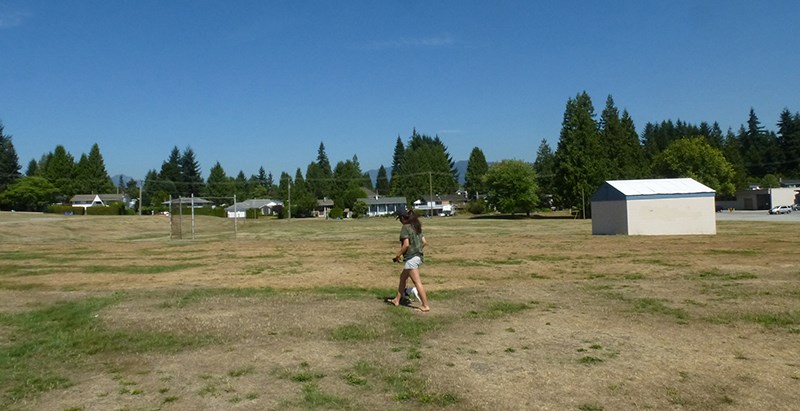You can leave your parka in the closet a few more months as the latest computer modelling shows a warm weather trend well into winter.
That may be bad news in B.C.'s Interior, where hundreds of forest fires are being fought in what has been an unusually dry summer.
But here in the Tri-Cities, cities, residents, gardeners and businesses are getting used to the new, warmer reality and are finding innovative ways to deal with water restrictions and combat fire threats.
In Port Coquitlam, the city hired water ambassadors to remind residents not to water their lawns.
In Port Moody, the city tapped into ground water to moisten its trees and shrubs.
And Coquitlam has increased its fine for smoking in parks to $500 from $75 for June 1 to Sept. 30 as well as anytime there is an extreme fire risk.
But more changes may come as the province deals with what weather experts are predicting will be a warmer than usual fall and winter.
The biggest concern is that this year's weird weather pattern is expected to continue, according to Brett Anderson, senior meteorologist and Canada weather specialist for accuweather.com, who said an unusual combination of warm water off B.C.'s coast and an unusually strong El Niño will keep temperatures one to two degrees warmer than usual on the west coast and two to four degrees warmer in the Interior.
"That blob of warm water on the coast and the strong El Niño, we haven't seen this before," Anderson said. "There's nothing to looking back on in history on how those will interact."
The warm water might also deflect the worst of the storms Metro Vancouver typically experiences in November to either California or Alaska, creating a high-pressure ridge that could take some time to dissipate.
On the other hand, Anderson didn't rule out extreme wet weather events because warm water typically holds more moisture.

WATER WISE
For now, though, it has the extended dry spell that has Tri-City residents and businesses cutting back on water use.
Metro Vancouver has seen a drop in water consumption of about 30%, from 1.7 billion litres a day to 1.12 billion litres across the region — within the target range — but with reservoirs just 58% full, the pressure is on to keep water use down.
Darrell Mussatto, North Vancouver mayor and chair of Metro's utilities commission, said stage 3 water restrictions will be in place until at least Sept. 30, possibly longer, but he didn't expect any further water use crackdown because current predictions and modelling are based on the region getting no rain until November anyway.
"The worry is that we don't have more rainfall and people start consuming more water," he said, noting as yet, that hasn't been the case and people appear to be respecting the water rules.
Meanwhile, water is still seeping into creeks, refreshing what would otherwise be stagnant and inhospitable to fish, although at least one streamkeeper group has turned to technology to give nature a hand.
Some areas off Hyde Creek in Port Coquitlam have already dried up but a well continues to pump 20 gallons a minute into a coho rearing pond next to the hatchery off Coast Meridian Road. Though that's a trickle compared to about 60 gallons a minute the well would normally pump, stream stewards have recently added a bubbler to add more oxygen to the water for fish and a recycling pump to keep the water moving.
As well, the group took evasive action in the spring to make sure its hatchery-raised fish survive by releasing 20,000 of its fry into Partington Creek, which typically has more water. And Shane Peachman said he's looking into ways to get storm water from new developments on Burke Mountain directed into Hyde Creek to prevent future dehydration.
"We're all thinking [about ways to preserve water and fish] and we're all retired and sometimes we have more time to think about things," Peachman said.

NEW REALITY
The new water reality is also affecting local landscapers, who expect to be kept busy this fall replanting shrubs, particularly water-loving rhododendrons that may have died over the summer.
Melissa McKinnon, owner of Project Lawns with her husband Nathan, said landscapers recently met to discuss the best drought-tolerant plants for surviving a waterless summer. Grasses are among the most popular options, she said.
"I do think were going to see a lot of these complexes going to do some plant replacement and they will be looking at other options for plant material other than the ones we see."
Local gardeners are seeing one benefit from the hot, dry summer: a surfeit of tomatoes. The tasty, red globes are ripening up nicely and keeping their roots moist is easy, even with reduced watering, says Fabrizio Mazzuchi, permaculture designer for Green Planet Solutions in Port Moody.
Mazzuchi, who studied sustainable agriculture here and in Indonesia and Australia, has started sharing his knowledge with free courses at Mossom Creek Hatchery and Coquitlam Farmers Market. He recommends watering directly onto a plant's roots rather than spraying the entire plant, and using mulch, such as hay, to keep moisture in the ground.
He also uses terracotta pots (two of them the same size, glued together, dug into the ground and filled with water) to wick moisture back into the soil, a cheap form of drip irrigation that is good for plants.
"You are not causing these flood events than a drying for a few days," said Mazzuchi, whose planting philosophy is about mimicking nature.
Mulching also controls weeds and protects the soil from disintegrating. "It's a living element and managing the nutrition of the soil is huge."
These are small changes, he admits, but can add up to big water savings, something that will be increasingly important if hot, dry summers become the norm.



